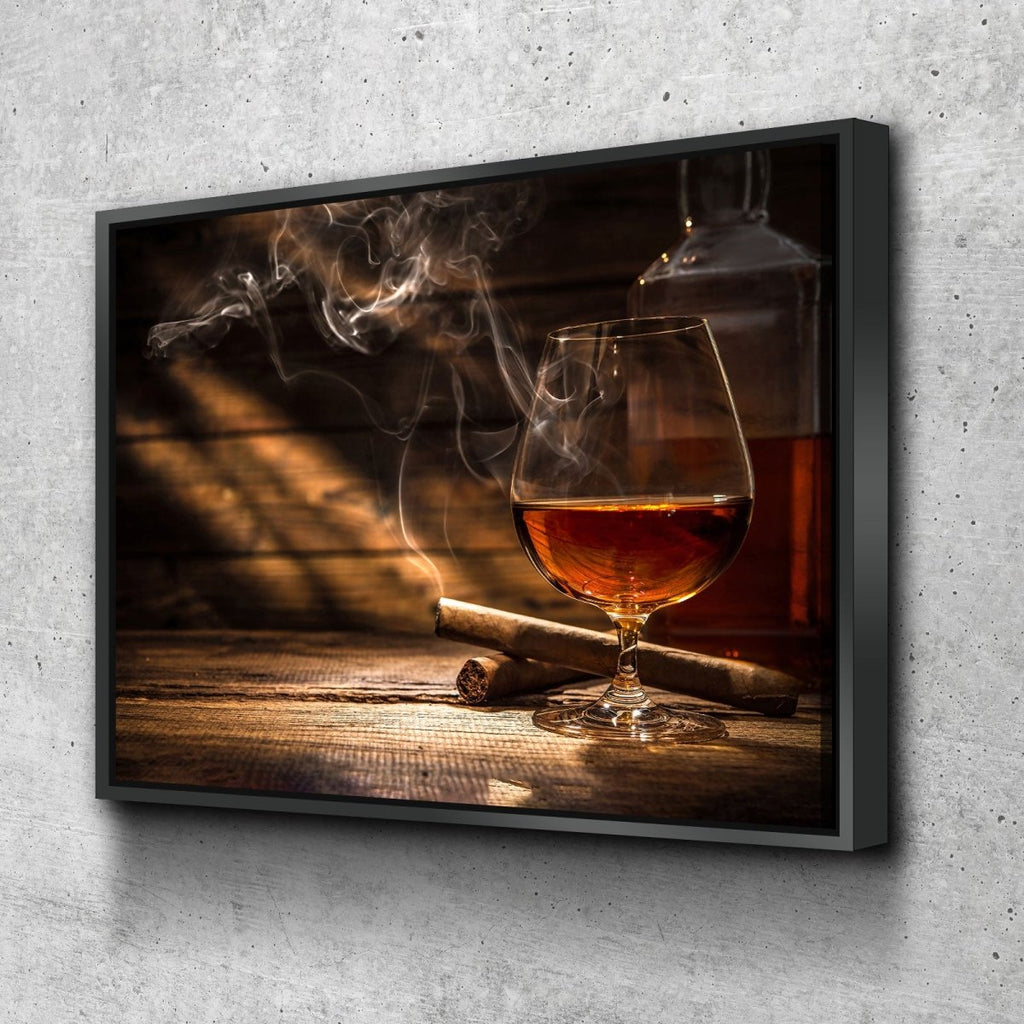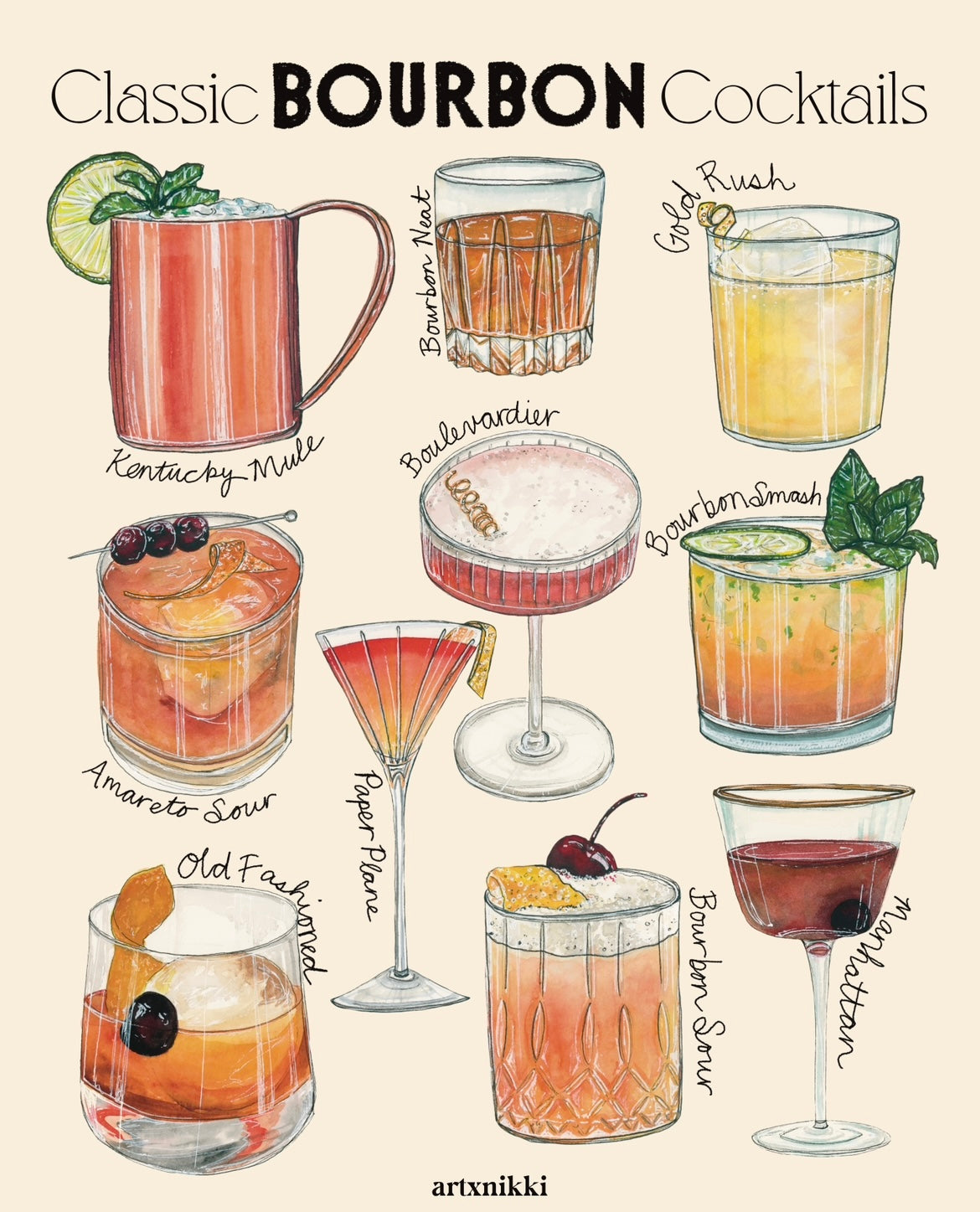Whiskey Art as a Declaration: Exactly How It Boosts Home Décor
Whiskey Art as a Declaration: Exactly How It Boosts Home Décor
Blog Article
The Importance of Whiskey Art in Celebrating Heritage and Craftsmanship in the Beverage Sector
The intricate relationship in between whiskey art and the event of heritage and workmanship within the beverage market can not be overstated. Through thoughtfully developed containers and labels, scotch brands envelop their historic roots and the artisanal skills that specify their manufacturing techniques. This creative dimension not just boosts market charm but also offers as a channel for cultural storytelling, cultivating a much deeper connection in between the craft and the consumer. As we explore the numerous elements of this topic, interesting questions concerning the effect of modern fads on standard methods arise, motivating additional examination.
The Historic Roots of Whiskey
At the heart of whiskey's appeal exists a rich tapestry of historic roots that map back to old worlds. The beginnings of scotch can be connected to the distillation methods of the Sumerians and Babylonians around 2000 BCE, where very early forms of fermented grain drinks started to emerge. It was in the Center Ages that the art of distillation progressed significantly, particularly in Ireland and Scotland, leading to the development of bourbon as we know it today.
The term "scotch" itself originates from the Gaelic word "uisce beatha," meaning "water of life." This phrase highlights the social significance of whiskey in Celtic societies, where it was usually connected with rituals, parties, and public bonding. By the 15th century, purification became an acknowledged craft within monastic areas, leading the means for the facility of lawful distilleries.
As profession routes expanded, whiskey's popularity grew, transcending regional limits and catching the rate of interest of lovers worldwide. Realism Art. This historic trip mirrors not just the workmanship behind bourbon manufacturing yet additionally its essential role in social and social contexts, noting it as a substantial drink throughout background
Artistic Expression in Branding
Whiskey branding stands as a compelling crossway of virtuosity and commerce, where visual identification plays a vital duty fit customer understanding. The appearances of bourbon tags, product packaging, and advertising products mirror not only the brand's story yet likewise its core values and heritage. Through artistic expression, distilleries share a story that resonates with customers, stimulating feelings and sparking links.
Using shade, typography, and imagery in branding offers to distinguish items in a saturated market. For instance, standard motifs might evoke a sense of authenticity and workmanship, while contemporary designs can symbolize development and forward-thinking. This tactical artistic direction boosts brand acknowledgment and loyalty, enabling customers to forge an individual relationship with the scotch they pick.
In addition, creative expression in branding frequently acts as an event of local heritage. Distilleries frequently integrate neighborhood symbols or historical referrals into their styles, creating a local color that invites consumers to engage in a more comprehensive cultural experience. Eventually, the virtuosity behind bourbon branding not only improves aesthetic allure but likewise enhances the total story of the brand name, fostering a deeper gratitude for the workmanship and heritage ingrained in each container.
Craftsmanship in Bottle Design
The creativity apparent in scotch branding expands past aesthetic identification to incorporate the craftsmanship entailed in bottle design. Each bottle works as a vessel not just for the spirit within, but also for the story it outlines its origin, high quality, and custom. The style process needs precise attention to detail, as components such as material, form, and closure contribute substantially to the general assumption of the bourbon.
Workmanship in bottle design entails picking high-grade glass that can boost the scotch's color and quality, while likewise giving a tactile experience for the consumer. The shape of the bottle should be both functional and cosmetically attractive, often mirroring the heritage of the brand name. Many distilleries select special shapes visit homepage or printed logos that stimulate a sense of authenticity and background.
Additionally, the label layout and typography play a critical function in communicating the brand name's narrative. Limited Edition. A well-crafted bottle not just captivates the customer's eye yet also enhances the brand's dedication to quality and practice. This way, the workmanship of bottle layout becomes a crucial aspect of the bourbon experience, merging creativity with an extensive regard for heritage
Cultural Value of Scotch Art
Celebrating practice and craftsmanship, the cultural value of scotch art goes beyond plain aesthetics, intertwining with the historical and social narratives of the regions from which it stems. Each bottle serves as a canvas, depicting the distinct stories, mythology, and traditions that have actually shaped neighborhood whiskey-making methods. The complex layouts often show the heritage of the distillers, including icons and concepts that reverberate with the culture and worths of their communities.

Furthermore, whiskey art plays an important duty in public events and parties, functioning as a concrete link in between individuals and their shared experiences. By appreciating the virtuosity in bourbon packaging, customers grow a deeper understanding and regard for the craft, eventually improving their enjoyment of the beverage itself.
Modern Trends in Scotch Presentation
Over the last few years, the discussion of whiskey has actually developed to reflect contemporary tastes and trends while still honoring typical workmanship - Realism Art. Distilleries are progressively focusing on aesthetic aspects that improve the total alcohol consumption experience, linking the gap between heritage and modernity
Cutting-edge container designs have emerged, typically including sustainable materials and creative tags that tell compelling tales. Several brand Discover More names currently team up with neighborhood musicians, instilling their items with distinct visual expressions that reverberate with consumers. In addition, limited-edition launches are commonly packaged in collectible containers, adding value and allure for aficionados.

Final Thought
To conclude, bourbon art serves as an essential conduit for expressing the heritage and craftsmanship intrinsic in the drink sector. With elaborate branding, innovative bottle designs, and culturally considerable imaginative aspects, scotch brand names properly recognize their practices and connect with consumers. This imaginative narrative not just raises the admiration of whiskey but also reinforces neighborhood identity and satisfaction among producers. Ultimately, scotch art plays an essential duty in preserving and celebrating the abundant cultural tapestry of whiskey-making.


Craftsmanship in bottle design involves picking high-quality glass that can enhance the whiskey's color and clarity, while also providing a tactile experience for the customer. In this way, the craftsmanship of bottle style ends up being a vital element of the bourbon experience, merging virtuosity with an extensive respect for heritage.
In verdict, bourbon art serves as an important conduit for expressing the heritage and workmanship fundamental in the beverage sector.
Report this page